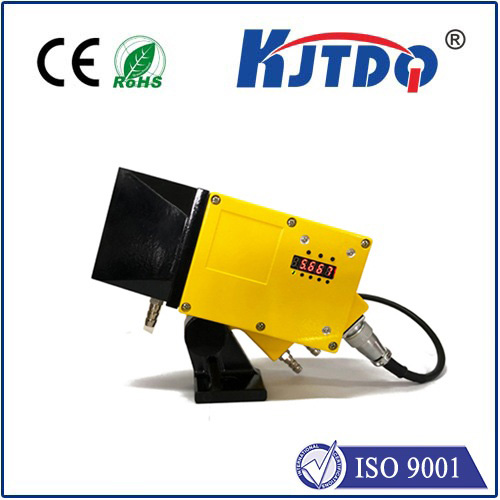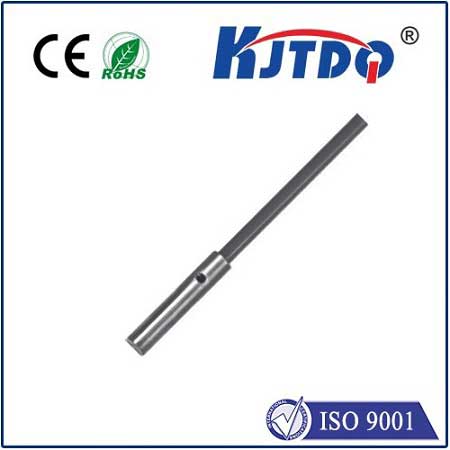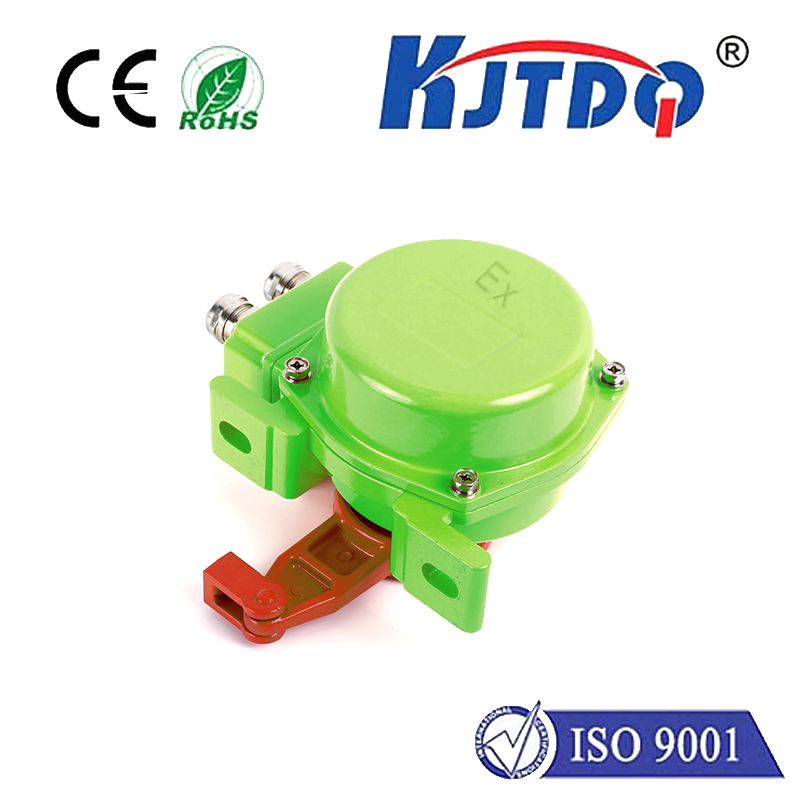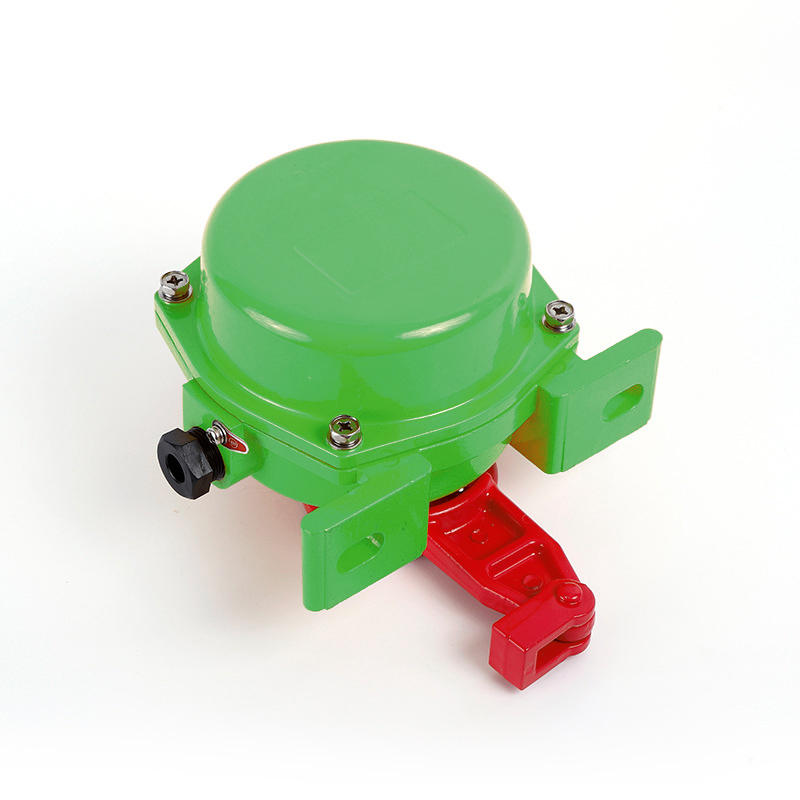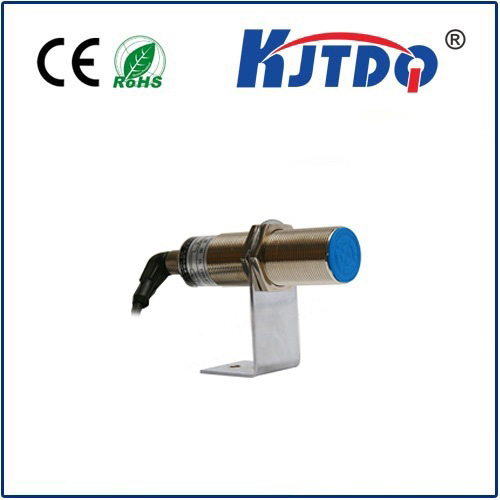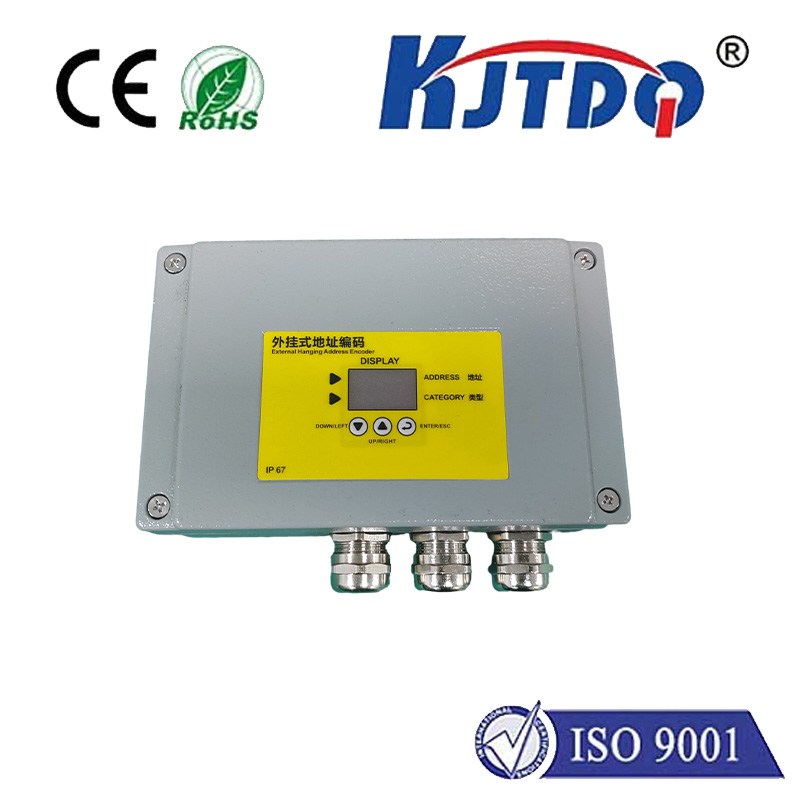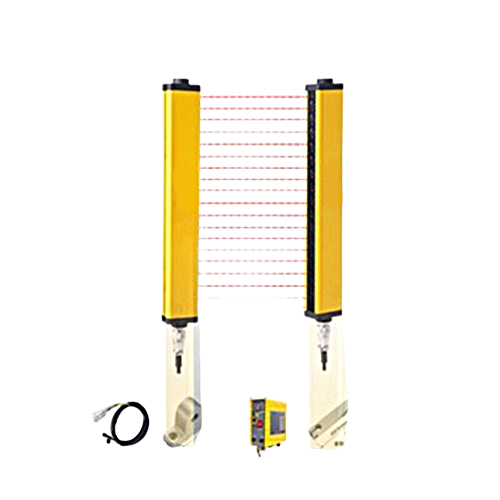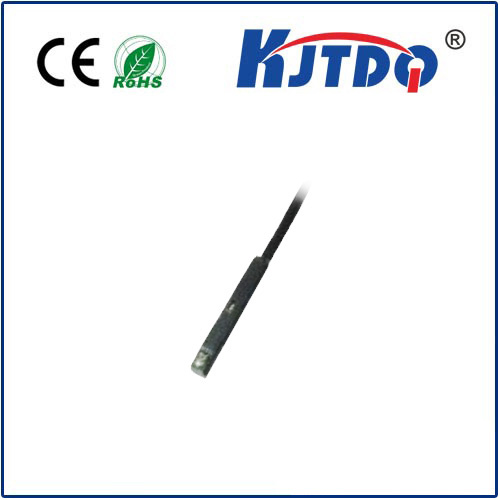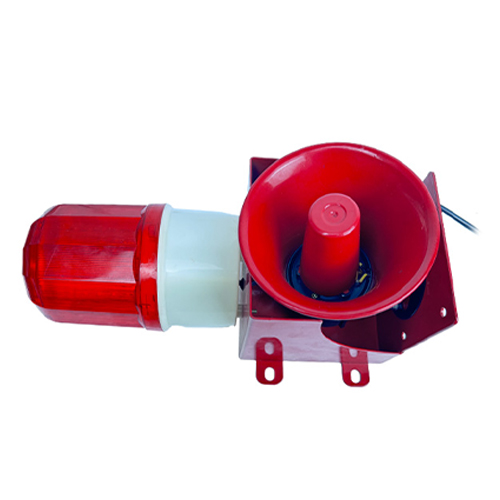temperature detector sensor
- time:2025-08-23 00:32:51
- Click:0
The Essential Guide to Temperature Detector Sensors: Functionality and Impact
Imagine a world without precise temperature control. Our food spoils rapidly, critical medical procedures become perilous, factories grind to a halt, and even our comfortable homes become unpredictable. This chaotic scenario underscores the silent yet indispensable role of temperature detector sensors. Far more than simple thermometers, these sophisticated electronic components are the unsung heroes ensuring efficiency, safety, and progress across virtually every modern domain.
What Exactly is a Temperature Detector Sensor?
At its core, a temperature detector sensor (often simply called a temperature sensor) is a device designed to measure the thermal energy (heat) of a physical environment, object, or substance. It converts this thermal input into a readable output signal, typically electrical (like voltage, resistance, or current) or digital. This signal is then interpreted by connected systems – controllers, displays, data loggers, or complex automation software – to trigger actions, provide warnings, or record vital data.
Understanding how these sensors work is key to appreciating their versatility. Unlike simple mercury thermometers relying on fluid expansion, modern electronic temperature sensors leverage specific physical properties that change predictably with temperature:

- Thermocouples (T/C): These rely on the Seebeck effect. Joining two dissimilar metals creates a small voltage proportional to the temperature difference between the measurement junction (hot end) and the reference junction (cold end). They are rugged, relatively inexpensive, and cover an extremely wide temperature range (from cryogenics to furnaces), making them ideal for harsh industrial settings despite typically requiring signal conditioning for high accuracy.
- Resistance Temperature Detectors (RTDs): These exploit the predictable change in the electrical resistance of pure metals (commonly platinum, known as PT100 or PT1000) with temperature. Platinum RTDs are renowned for their high accuracy, excellent stability, and repeatability over moderate ranges (-200°C to 600°C+). They require an external current source to measure the resulting voltage drop, calculated as resistance.
- Thermistors: These are temperature-sensitive resistors made from ceramic or polymer materials. Negative Temperature Coefficient (NTC) thermistors decrease resistance significantly as temperature rises, making them highly sensitive for precise measurements within a narrower range. Positive Temperature Coefficient (PTC) types increase resistance with temperature and are often used for overcurrent/over-temperature protection. NTC thermistors are cost-effective and widely used in consumer electronics and medical devices.
- Semiconductor/IC Sensors: These integrated circuits contain the sensing element and signal conditioning circuitry on a single chip. They provide digital output (like I2C, SPI) or linear analog voltage proportional to temperature. While typically offering a narrower range (-55°C to 150°C) than RTDs or T/Cs, they are highly convenient, cost-effective for moderate accuracy needs, and easy to integrate into electronic systems. Examples include LM35 (analog) or DS18B20 (digital) sensors.
The Transformative Impact Across Industries
The applications for temperature detector sensors are vast and critical:
- Industrial Process Control & Manufacturing: Precise temperature monitoring is non-negotiable in chemical processing, refining, food & beverage production (pasteurization, sterilization), plastics molding, and metal heat treatment. Sensors ensure optimal reaction conditions, product quality, energy efficiency, and equipment safety by preventing overheating. Reliability and accuracy are paramount here, often demanding RTDs or specialized thermocouples.
- Building Automation & HVAC: These systems rely heavily on temperature sensors to maintain occupant comfort and optimize energy consumption. Sensors in thermostats, ducts, and rooms provide feedback to control heating, ventilation, and air conditioning units, adjusting airflow and coolant temperatures automatically. Response time and long-term stability are key considerations.
- Healthcare & Medical Devices: Patient thermometers (contact and non-contact), incubators for newborns, laboratory equipment (autoclaves, refrigerators for blood/vaccines), dialysis machines, and MRI systems all demand incredibly accurate and reliable temperature readings. Patient safety and diagnostic integrity depend on it, often utilizing fast-response thermistors or high-precision RTDs.
- Automotive: Modern vehicles incorporate dozens of temperature detectors – monitoring engine coolant, exhaust gases (for emissions control), cabin air, battery packs (especially in EVs), transmission fluid, and intake air. This data is crucial for engine management efficiency, emission reduction, battery safety, climate control, and preventing catastrophic engine failure. Ruggedness to withstand vibration and extremes is essential.
- Consumer Electronics & Appliances: From preventing microprocessor overheating in computers and smartphones to controlling cooking cycles in ovens, coffee makers, and refrigerators/freezers, temperature sensors ensure device longevity, safety, and user protection. Cost-effectiveness and ease of integration drive the use of semiconductor sensors and NTC thermistors here.
- Energy & Power Generation: Ensuring turbines, transformers, and generators operate within safe thermal limits prevents catastrophic failures and fires. Continuous temperature monitoring using specialized thermocouples or RTDs is critical for grid stability and worker safety.
- Research & Development: Scientific experiments, material science, and electronics testing often occur under tightly controlled or extreme temperature conditions. High-precision sensors, including specialized thermocouples and RTDs, are fundamental tools for gathering accurate research data.
Selecting the Right Temperature Detector Sensor: Key Considerations
Choosing the optimal temperature sensor isn’t one-size-fits-all. Critical factors include:
- Temperature Range: What minimum and maximum temperatures need measurement?
- Accuracy & Stability: How precise must the readings be? How much does the sensor drift over time? (RTDs generally excel here).
- Response Time: How quickly must the sensor react to temperature changes? (Thin thermistor probes or exposed junction thermocouples are typically fastest).
- Environment: Is the sensor exposed to chemicals, moisture, vibration, or physical shock? Does it need intrinsic safety ratings for hazardous areas?
- Output Requirement: Is analog (voltage/resistance) or digital output needed? What signal conditioning or interface complexity is acceptable?
- Cost & Size: Project budgets and physical space constraints are always factors.
The Future: Integration and Intelligence
Temperature detector sensors are becoming smarter and more interconnected. The rise of the Industrial Internet of Things (IIoT) sees sensors equipped with embedded processors and wireless connectivity (Wi-Fi, Bluetooth, LoRaWAN), enabling remote monitoring, data logging to the cloud, predictive maintenance (detecting temperature trends indicating impending failure), and tighter integration with broader automation systems. Machine learning algorithms further enhance value by analyzing historical temperature data to identify anomalies and optimize processes beyond simple threshold alarms.
From ensuring your smartphone doesn’t overheat to guaranteeing lifesaving vaccines are stored correctly, temperature detector sensors are fundamental components woven into the fabric of modern life. Their ability to translate the physical property of heat into actionable data empowers innovation, enhances safety, drives efficiency, and underpins countless processes we rely on daily. Understanding their principles, types, and applications highlights just how crucial this seemingly simple technology truly is.












